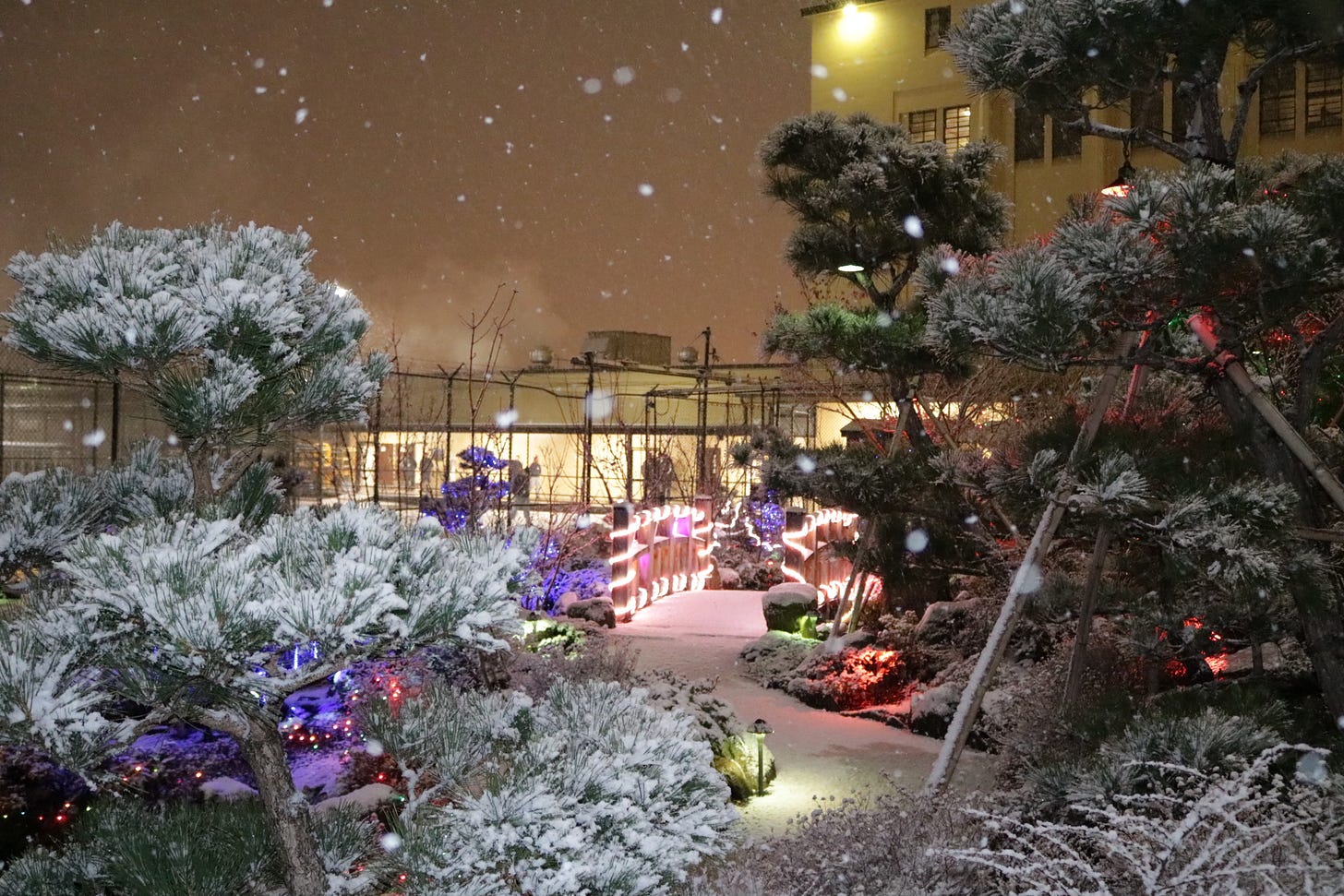The gardener takes stock of the crop in the fall and in winter plans for the coming year. In similar manner, we opened our first workshop session of the year considering what it means to reach out to an audience, this from Ursula LeGuin:
Every act of communication is an act of tremendous courage in which we give ourselves over to two parallel possibilities: the possibility of planting into another mind a seed sprouted in ours and watching it blossom into a breathtaking flower of mutual understanding; and the possibility of being wholly misunderstood, reduced to a withering weed. Candor and clarity go a long way in fertilizing the soil, but in the end there is always a degree of unpredictability in the climate of communication — even the warmest intention can be met with frost. Yet something impels us to hold these possibilities in both hands and go on surrendering to the beauty and terror of conversation, that ancient and abiding human gift. And the most magical thing, the most sacred thing, is that whichever the outcome, we end up having transformed one another in this vulnerable-making process of speaking and listening.
Jai arrived at the OSP workshop at the end of last year with a portfolio of writing, a good ear, and a strong heart. It’s like that in prison, an influx of people come to the table for a time and then, move on and new folks join us. In his bio, Jai writes that he is a constant gardener. I pick at the phrase — finding new meaning as I observe how he attends to the others in our conversations. He asks good questions, listens, shares himself readily. His writing is consistent in its quality, in the way that his poems take moments and expand them until they “touch the ground.” The group tapped into LeGuin’s ideas of being understood or wholly misunderstood in a lively conversation. As the clock was winding down our time together the first session, Jai asked us to write a line for a mission statement. This exercise in distillation is an aspect of gardening that I have always enjoyed the most — the preservation of the harvest.
In For writers 1, pg. 160, Jai uses a form that reminds me of separate garden beds to connect distinct elements of the Memorial Healing Garden at OSP. The elements of this traditional Japanese garden are meant to be elegantly simple, clearing the way for the delicate balance of nature which is revealed to the visitor’s eye. Similarly, each element of the poem leads the reader to the next, until Jai concludes in the distillation of haiku.
For those of you who read the PonyXpress regularly, you will recognize R. Miranda’s name. He has been writing poetry for many years — and is a founding member of our writing group at OSP. A wordsmith and an artist, R. Miranda, watches the ground during yard time for rocks to polish into beautiful little worlds. In our workshop conversations, he picks up a thread and finds new and interesting places to take us. His insight, his life experience brings another generation’s wisdom. As we read Mary Oliver’s poems this past fall, he was inspired to dig into the archives of his work for At Autumn’s End and Winter’s Start, a poem written after he had spent three years on death row. Beauty in the Beast is a recent offering and companion to the “At Autumn’s End…” In this poem, he is reminded of seeing his first flowers growing in a prison garden bed: “It looked like a pin cushion with stems/ blooms of every color imaginable.”
Those of us on the outside will ask how does a person survive the year in and year out containment? The constant gardners look for the gestures of opening leaves, the potential in dusty rocks. They attune to the cracks in the sidewalks where little stems push their way to the sun. In these acts, they see survival and they persist. | TDS


Each week the writing feels stronger. These pieces are wonderful.
This work, your work, their work - poems, writing and strength, blows my mind and I am so grateful for it all.